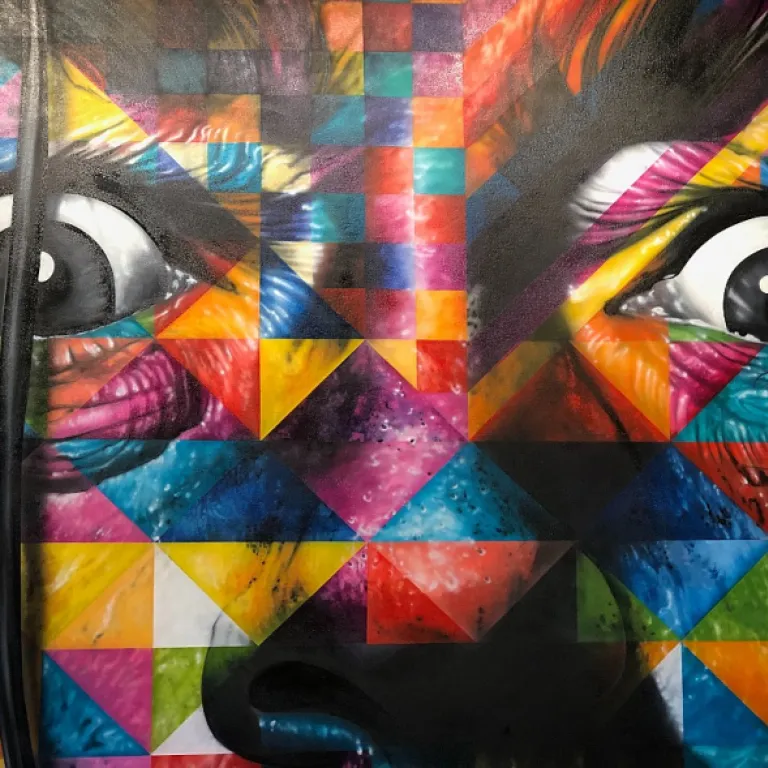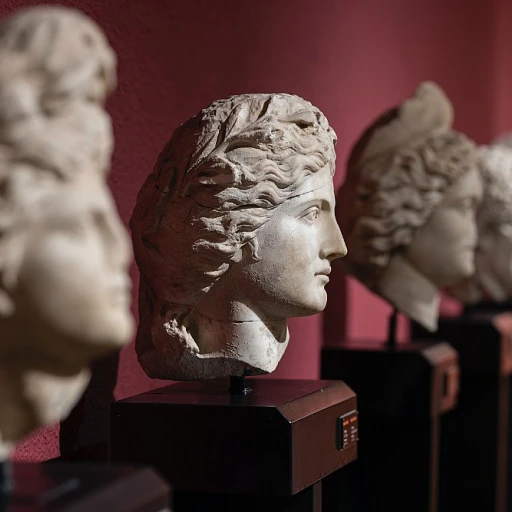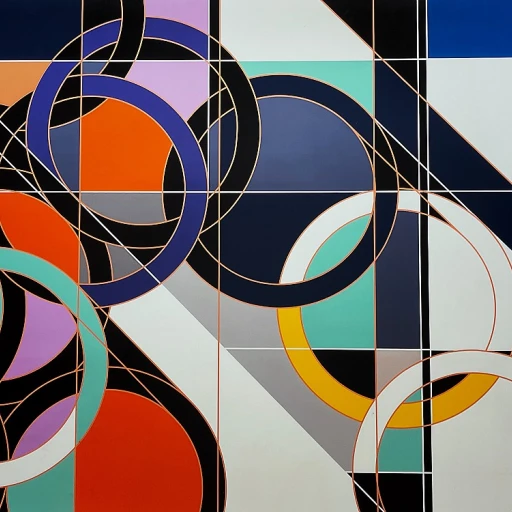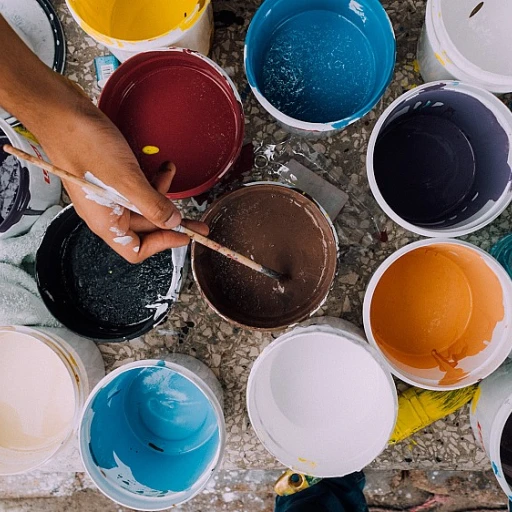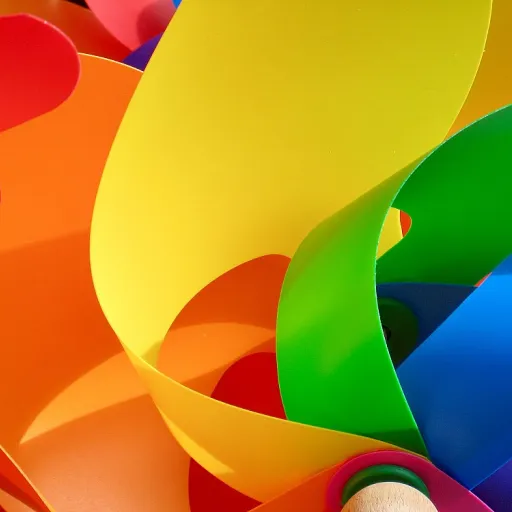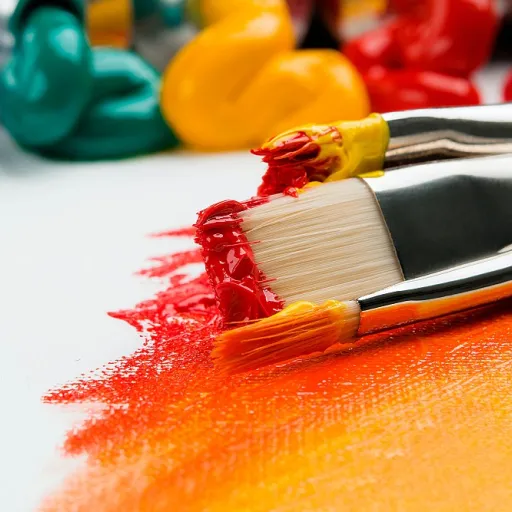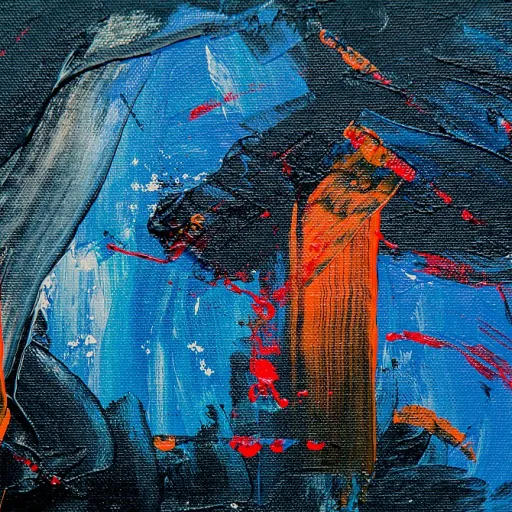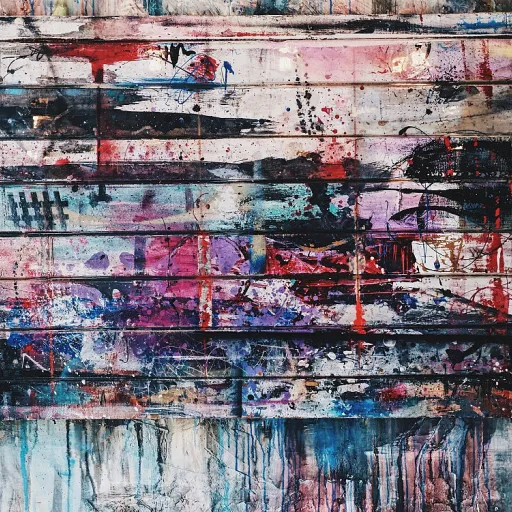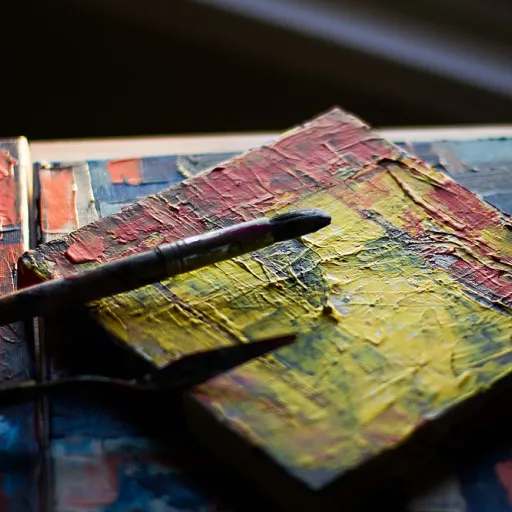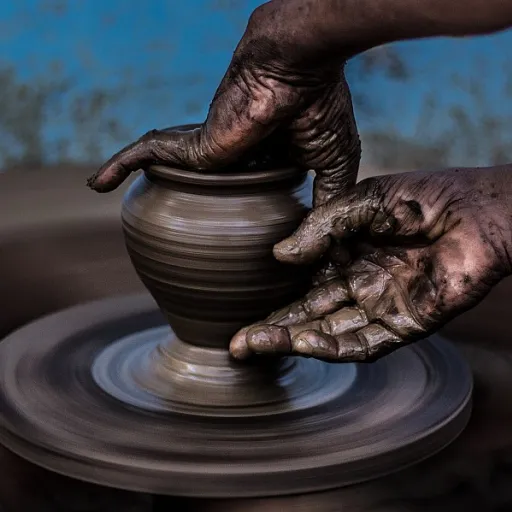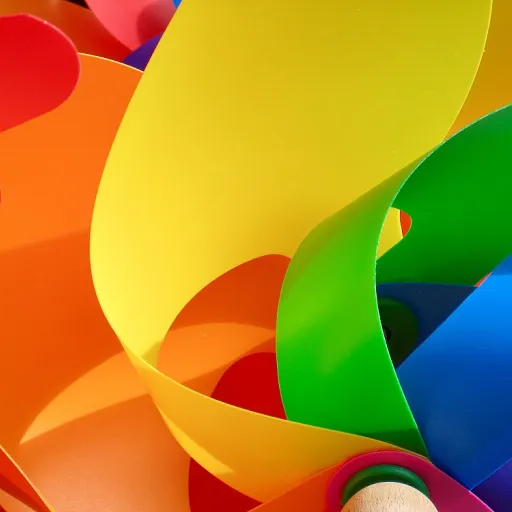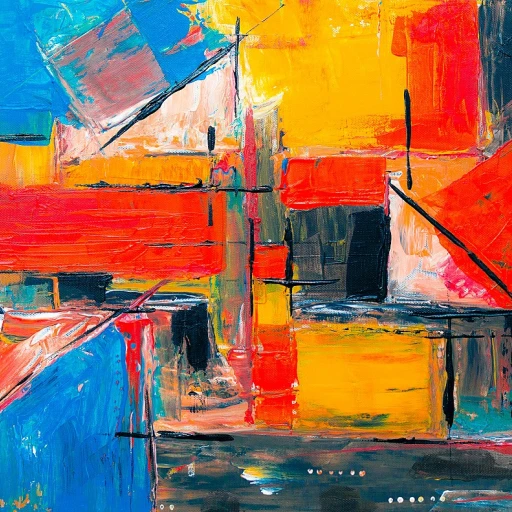The Concept of Unity in Art
Unifying Concepts in Art
The concept of unity in art holds a significant position in its history. Unity art, characterized by harmony among various elements, creates an overarching cohesive image that resonates with viewers. Indeed, unity is anchored in the seamless integration of all the elements and principles of art. When artists emphasize harmony in their works, they often aim to balance various visual elements, such as color, texture, shape, and form, to create a unified whole.
Achieving unity requires artists to carefully consider every detail within a painting or artwork. By doing so, they can harmonize contrasting visual elements, ensuring each component contributes to the overall aesthetic experience. Negative space, for instance, becomes a crucial element in this endeavor, as it helps create a visual weight balance across the canvas.
Considering
the intricacies involved in this process, artists often relate their practice to principles art, navigating the delicate interplay between unity and variety. This balance allows them to maintain the viewer's interest while preserving the coherence of the artwork. Art examples from history demonstrate how visual unity can be powerfully evocative, engaging audiences and prompting them to explore the depths of an artwork.
Unity doesn't just enhance the appeal of an artwork; it also plays a pivotal role in its valuation. Experts often assess how artists incorporate visual harmony into their creations to determine their value and significance in the art world. This interconnection between unity and art valuation highlights why understanding and mastering the principles behind unity is crucial for any artist aiming to make a lasting impact in luxury art.
Unity in Luxury Art: A Unique Perspective
A Unique Lens on Unity in Luxury Art
Luxury art, distinct in its own realm, takes a unique stance on the principle of unity. It is an exquisite balance, where each element works in concert with others to form a cohesive whole. The delicate dance between variety and harmony is precisely what makes luxury artworks truly captivating.
In luxury art, unity is often achieved by playing with color and shape, where artists skillfully manipulate visual elements to create stunning imagery. The interplay between these elements allows for a seamless integration of forms and objects within the art piece, offering a feast for the eyes.
Consider luxury paintings that exhibit bold yet harmonious color schemes, where each hue contributes to a sense of unity. These works often employ texture and space to establish visual unity, ensuring that both the foreground and negative spaces complement one another—ultimately enhancing the overall allure of the artwork.
The principles guiding unity in luxury art help establish not just aesthetic appeal but also guide the observer's experience of the art. These principles are the anchor that transforms disparate elements into a harmonious image that feels balanced and intricate.
Unity is often not just about visual similarity—it's about creating a dialogue between all the components involved. Luxury art thrives on this synthesis, showcasing the harmony between disparate parts and embracing the idea that unity can be beautifully complex. For more on how vibrant color choices elevate unity in luxury art, delve into this exploration.
Elements that Contribute to Unity
The Building Blocks of Coherence in Artworks
Crafting unity in luxury art is an exercise in orchestrating a delicate balance between various visual elements. When artists strive to create a sense of harmony in their work, they meticulously consider the interaction and relationship between shapes, colors, textures, and forms. This cohesive interaction transforms individual components into a compelling narrative, building a seamless visual harmony.
One way artists achieve unity in their paintings is through the interplay of color and shapes. Colors aren't just randomly chosen; they are deliberately selected to evoke certain emotions or themes. For instance, analogous colors can create a soothing visual experience, while complementary colors might enhance visual weight and drama. Meanwhile, the strategic use of shapes can guide the viewer’s eye across the piece, creating an engaging path through the artwork.
Negative space is another powerful tool in establishing unity. By carefully manipulating the space around and between objects, artists can affect the composition’s overall balance. This principle is particularly evident when considering the journey through images where negative space plays a pivotal role in defining and emphasizing the central themes of the artwork.
Texture and form contribute significantly to the tactile quality of an artwork, often engaging observers on a more intimate level. These elements add depth and dimension, urging viewers to explore not only the surface aesthetics but also the underlying emotion and narrative. The careful integration of texture and form can elevate the aesthetic integrity and unity of luxury art pieces.
Incorporating variety within artwork must be done judiciously to prevent discord. Maintaining balance amidst diverse elements is an intricate dance that requires a deep understanding of principles art and design. The sophistication and expertise of the artists are revealed in their ability to create unity without compromising individuality, ensuring that each component contributes to the harmonious whole.
Challenges in Achieving Unity in Luxury Art
Overcoming the Hurdles in Unifying Luxury Art
Achieving a harmonious unity in luxury artwork can be a formidable challenge, even for the most skilled artists. Factors such as balancing unity with variety, maintaining visual harmony, and controlling space become critical in creating exceptional pieces. Luxury art's distinctiveness and diverse styles often complicate the process, yet overcoming these challenges is a testament to the artist's craft.
Balancing unity with variety is one of the most daunting tasks. Artists must carefully select and combine various elements and principles, such as color, shape, and texture, to forge unity without diminishing the allure of variety. Yet, overemphasizing uniformity can lead to mundane work, while too much variety can disrupt the harmony. Thus, the ability to merge these elements effectively to create unity becomes an art form in itself.
Additionally, artists must manipulate visual elements like shapes, forms, and negative space to guide the viewer's eye and maintain equilibrium within the piece. Successfully achieving visual weight and visual unity requires meticulous attention and a deep understanding of art principles. Mastery in these areas allows artists to transform their paintings and sculptures into cohesive masterpieces.
When creating luxury art, artists also contend with intricate technical challenges. From the meticulous rendering of forms and objects to balancing contrasting colors and shapes, each aspect must contribute to the artwork's unified image without losing its luxurious characteristics. The intrigue of luxury art often lies in its subtle complexity—a true test of an artist's skill.
In the rich tapestry of art history, there are numerous examples of artists who have conceptualized unity in remarkable ways. Understanding key art examples provides invaluable insights into how the principle of unity has been achieved in esteemed luxury artworks. Nevertheless, it is this pursuit of unity that often leads to some of the most revered and priceless works of art today.
Case Studies of Unity in Renowned Luxury Artworks
Iconic Examples of Unity in Prestigious Artworks
Understanding unity in luxury art allows us to appreciate renowned artworks across history, where various elements collectively form a harmonious whole. By examining these masterpieces, we can delve into the visual unity that defines their aesthetic and monetary value.
One eminent example is the intricate paintings from the Renaissance period, where unity was a core principle. Artists skillfully employed elements like forms, textures, and colors to create a seamless visual experience. The balance within these paintings is achieved through the strategic placement of objects and the use of negative space, ensuring a flow that guides the viewer's eye harmoniously through the artwork.
In contrast, modern luxury pieces often play with the principles of unity and variety to challenge traditional concepts of visual balance. By juxtaposing different shapes and textures, contemporary artists craft a unique harmony that speaks to both the unity and diversity of forms and ideas. For instance, in abstract art, the absence of clear objects or figures can still produce unity through the strategic use of color and space that engages the viewer's perception.
Additionally, paintings that incorporate cultural motifs illustrate another layer of unity. The careful integration of visual elements from various cultural contexts creates a distinct balance between diversity and cohesion. Through these complex combinations, artists evoke unity within a broader narrative, resonating deeply with viewers who appreciate the depth of such intricacies.
The visual weight each element carries in these artworks is carefully considered, ensuring that no single aspect dominates the piece. This meticulous attention to detail highlights how artists strive to maintain harmony and unity, making their works timeless and revered in art history. Thus, iconic luxury artworks become benchmarks for understanding the profound impact and value of unity in art.
The Role of Unity in Art Valuation
The Influence of Unity on Art Valuation
In the world of luxury artwork, the essence of unity plays a crucial role not only in the creation of aesthetically appealing pieces but also in their valuation. The harmonious integration of visual elements such as color, shape, and texture within a work of art can significantly enhance its market value.
Investors and collectors often seek pieces that exemplify a balanced composition, where the principles of unity have been meticulously applied. A painting that showcases effective unity will often have well-distributed visual weight. This balances the variety of elements like objects and forms, ensuring that no single part of the image overpowers another. Such artworks can command higher prices due to their appeal to both visual understanding and emotional resonance.
Furthermore, achieving unity in luxury artworks can set them apart from the plethora of available pieces, lending them a distinctiveness that is highly valued. When artists skillfully combine elements of unity, variety, and harmony, they create pieces that not only captivate but also hold significant intrinsic and market value. This is evident in works throughout art history, where visual unity acted as a defining feature.
Ultimately, the principle of art unity is more than just a compositional directive; it is a testament to the artist's expertise and provides a framework for evaluating art pieces in the luxury market. It distinguishes mere visual art from masterpieces, making it an essential consideration for anyone engaging with luxury artwork.
-teaser.webp)

